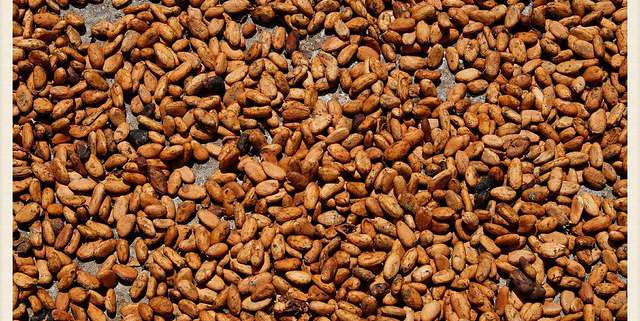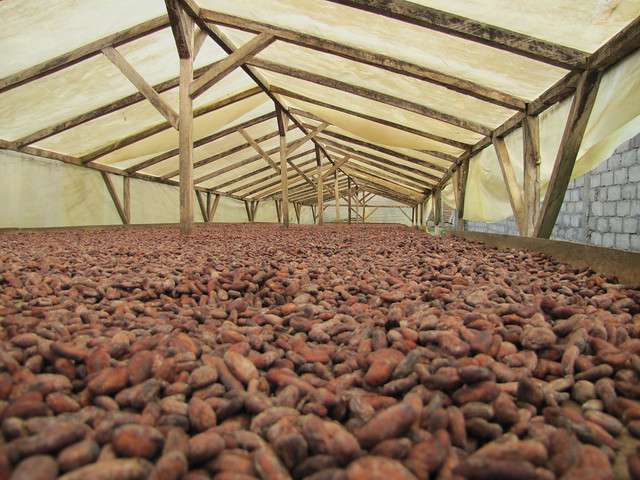
Raw cocoa beans take on a more even brown color after processing. Image Credit: Flickr User thart2009 (CC BY 2.0)
I once had the pleasure of visiting a tea processing plant in Rwanda. My favorite part of the tour was tasting the five different qualities of tea that the plant produced, I thought their lowest quality tasted the best. Though tasting was an interesting treat for me, for the processing plant, tasting their product is a necessary part of quality control. Quality assurance takes on many forms in many different industries, but for the cocoa processing industry, color is king. Accurately measuring the color of fermented and processed cocoa beans can help reduce wastage in their production cycle and guarantee a quality product.
Quality Assurance Throughout Processing
No matter who cocoa processors are selling to, buyers are sure to want good, consistent quality. That quality can often be determined by the color of the cocoa beans, after fermentation, drying, and roasting. Some cocoa processors may simply use their eyes to guess the color, and therefore the quality, of their cocoa. Eyeballing cocoa for color can be about as accurate as having me try to guess which kind of tea is the highest quality. However, quality assurance can be streamlined using spectrophotometers to accurately measure cocoa color. This can reduce a processor’s wastage in the fermentation process, and guarantee consistent quality control in the drying and roasting stages.
Fermentation
Just like with tea processing, cocoa beans go through chemical changes as they flow through the processing cycle. As you know, the first chemical process is fermentation, which oxidizes the tannins, giving beans a more palatable flavor. The fermentation process is the first opportunity for wastage, as when beans are over or under fermented, they are unusable. Spectrophotometry can help catch fermentation process problems right away by measuring color. This early alert to process problems can help save time and money.



